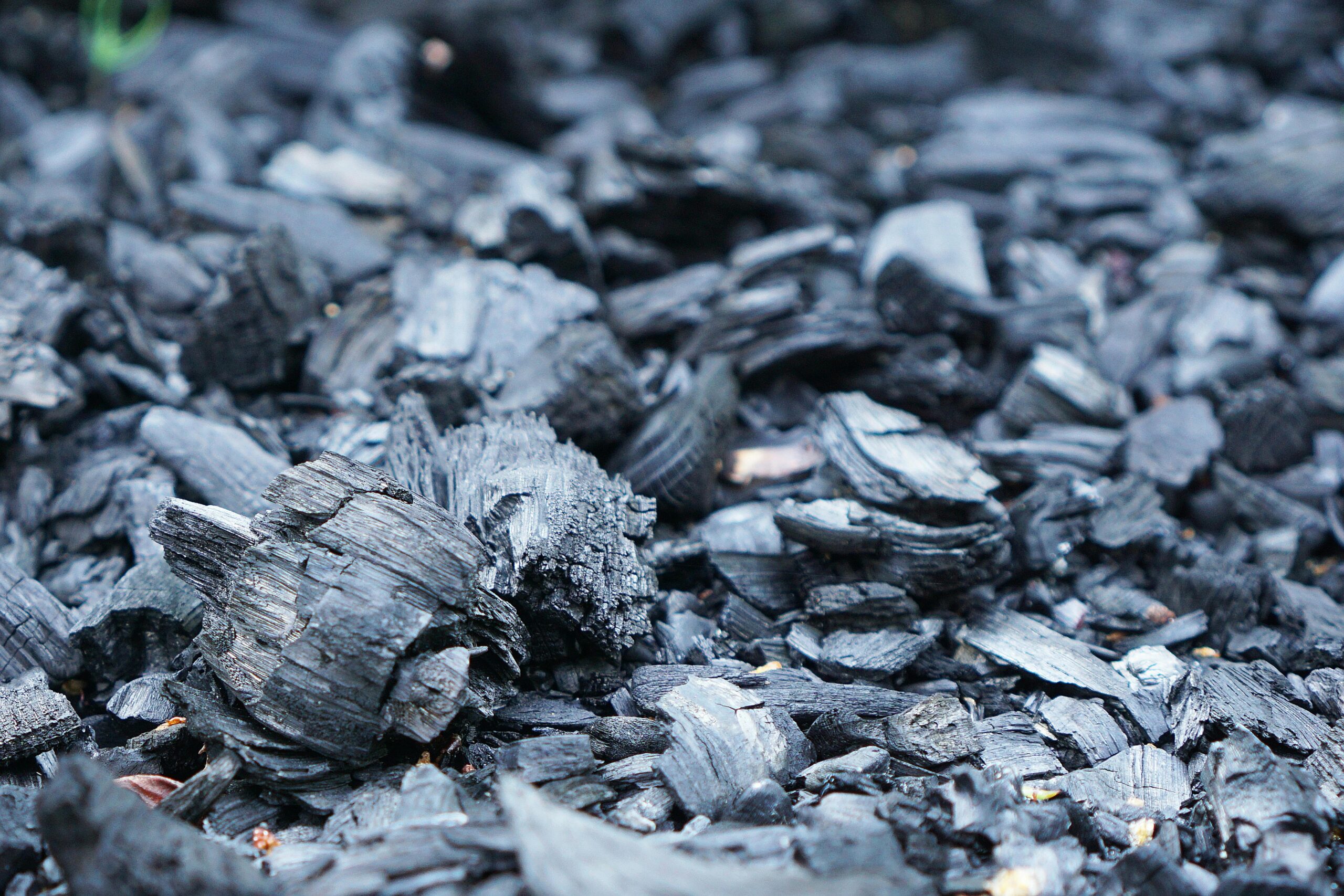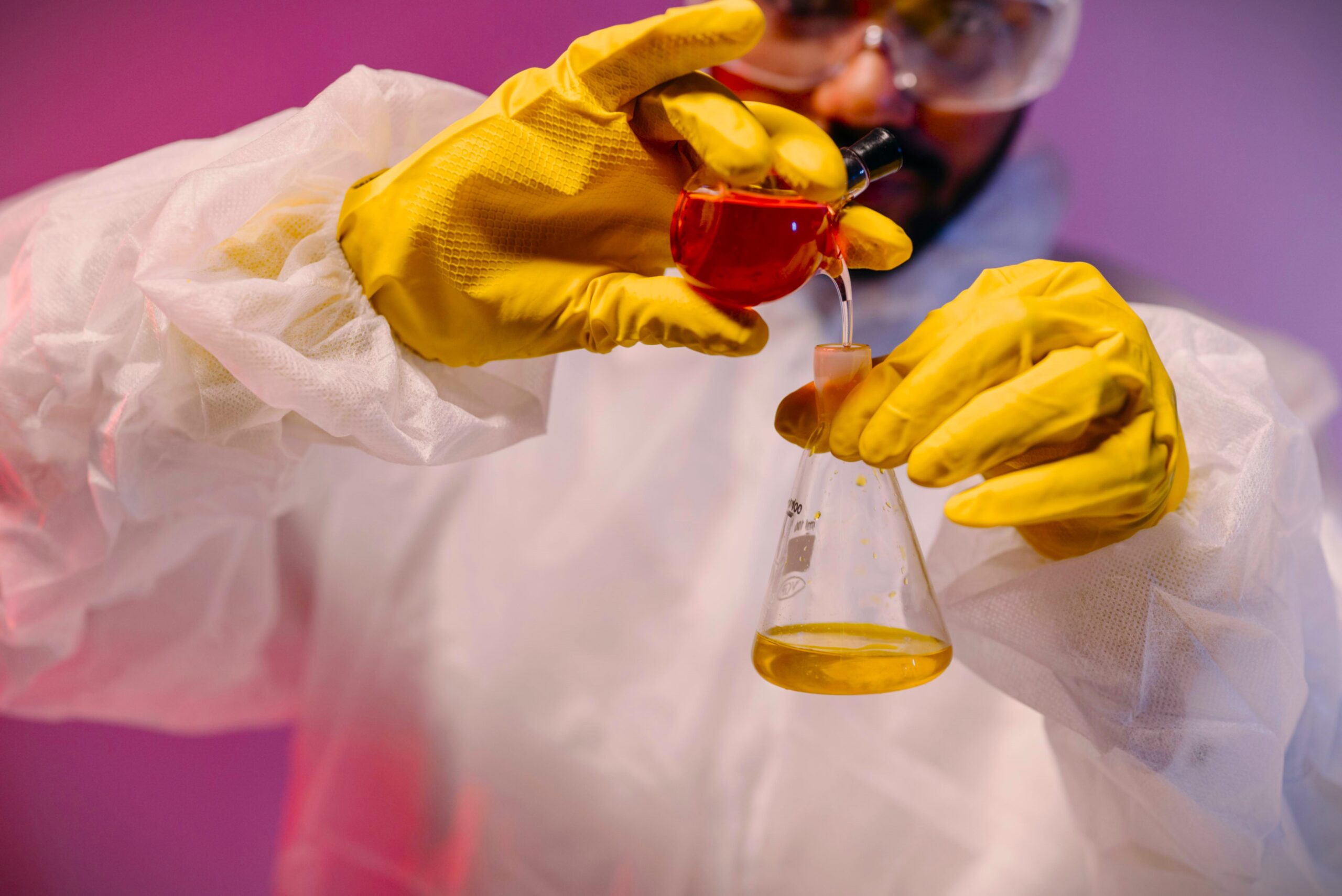I can just hear some of you now. “Tom, are you turning to adult-oriented content?” Of course not, but this seemed like an attention-grabbing headline, so I took poetic license. This topic was motivated by a conversation I overheard in a doctor’s waiting room. Two women next to me were complaining about the smell in their water. One of the ladies commented that her water always smells of chlorine while her friend 2 miles away on the same exact municipal water had no such odor. She wondered if there was a problem and whether she needed to report this to the local utility.
This chlorine phenomenon, as well as other smell issues has perplexed many over the years. The good news is that there is no mystery here. Understanding chlorine smell is simple. Let’s hold our breath, plug our noses and learn new things!
Chlorine Chemistry
- Water, if left to itself, naturally grows bacteria, algae, and other organisms
- Chlorine, because of its low cost, availability and effectiveness is the universal choice for controlling organisms
- Chlorine is a gas at room temperature and will evaporate into the air over time. In hot weather, it evaporates faster.
- The EPA has determined a safe, minimum chlorine level for our drinking water
Now let’s understand the difference in odor intensity.
Since chlorine evaporates, there is an art to keeping water safe. The home that is closest to the water tower is going to experience the highest dose of chlorine, and the home that is furthest away from the tower is going to experience the lowest dose.
This presents a challenge because the dose of chlorine in the water tower must be low enough so as not to cause toxicity to the closest home, but also be high enough so that by the time it gets to the furthest user, the water is still safe.
It is then easy to see why two homes on the same water supply can experience vastly different chlorine odor levels. This has everything to do with bacteriology and chlorine chemistry. Municipality error is very seldom an issue when it comes to chlorine odor.
Other Stinky Stuff
Odors in water strike concerns. Nobody likes to drink water that has an offensive odor. The drinking water filter industry has dedicated volumes of research and has produced countless products that address what are called the aesthetic qualities of water. This would be taste, clarity, and smell. Along with odor, we certainly don’t want to drink water that is cloudy, contains floating particles, or is a weird color.
When considering these three issues there are some very interesting and complicated components blocking our water understanding.
- Water that smells is not necessarily toxic. Water exhibiting Iron and sulfur smells for instance is generally safe to drink.
- Water that doesn’t smell is not necessarily safe. The lead poisoned water in Flint, Michigan for instance had no detectable odor. Many toxins are odorless.
- Water that is cloudy or has particles floating in it, in general should not be consumed. The possibility that there is bacteria, algae, fungi, and undesirable chemicals in it is almost a certainty.
A few takeaways
If your water has an odor that bothers you, it is never a bad thing to have it checked out. There are a variety of commercially available water test kits that can accurately test a wide array of potential odor-causing contaminants. When performing DIY testing, always follow the written procedure closely, and remember that the only true verification that your water is safe is a complete chemical and biological analysis by a certified laboratory. In general, such a test will cost $1,000 or more.
For the best possible information on safe drinking water, there is one, surefire, infallible source of water information.







